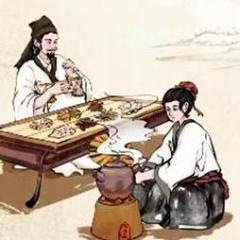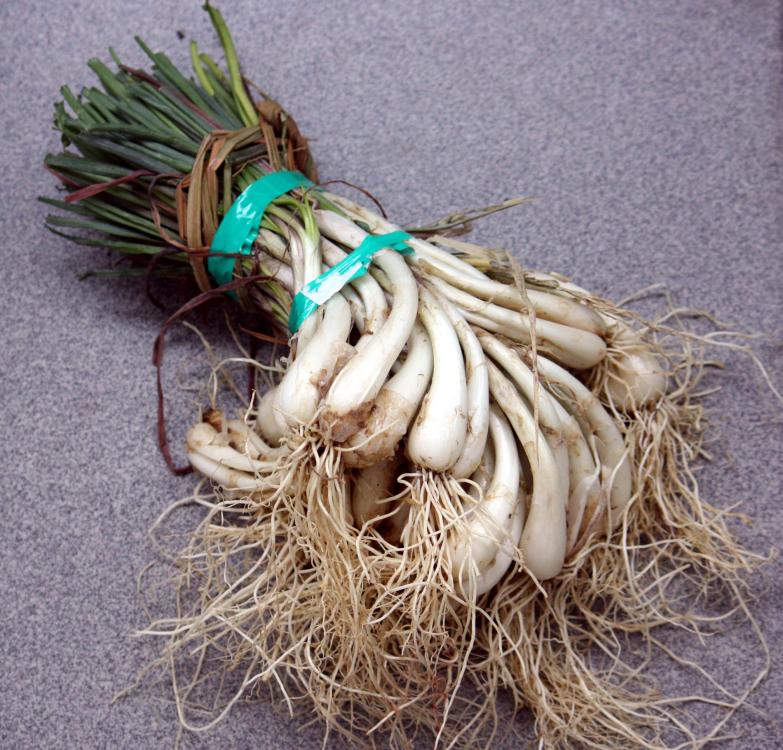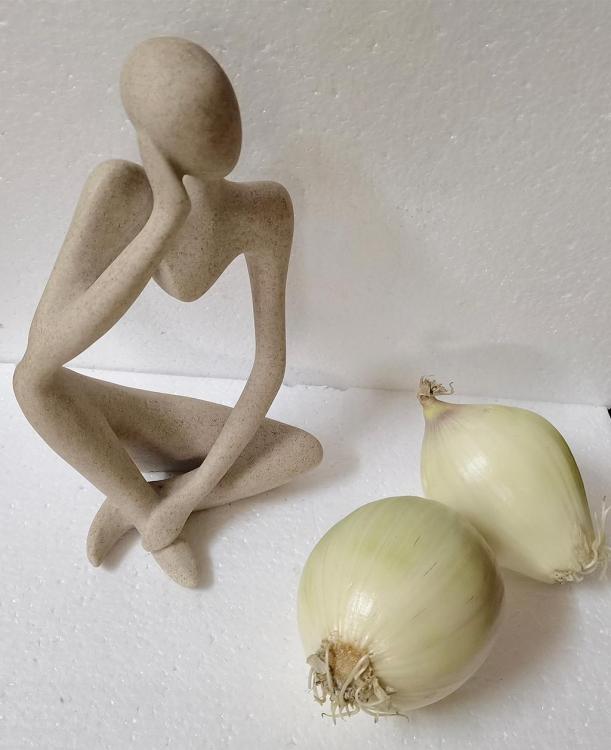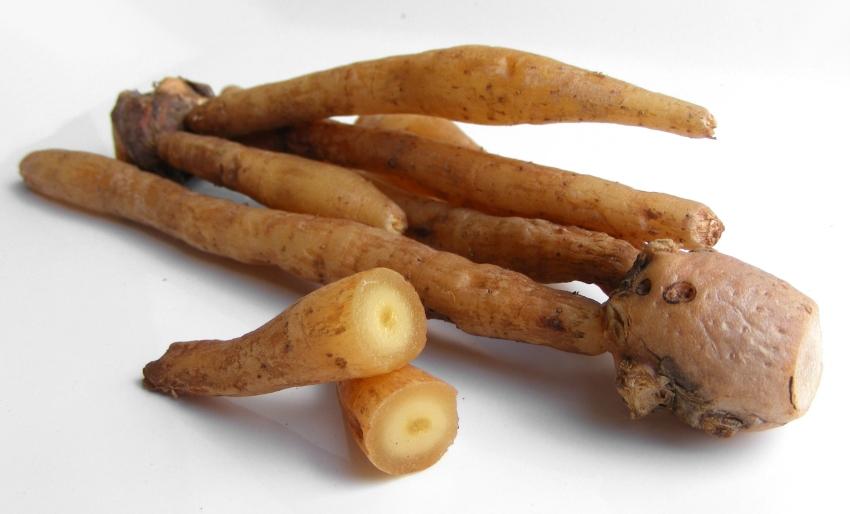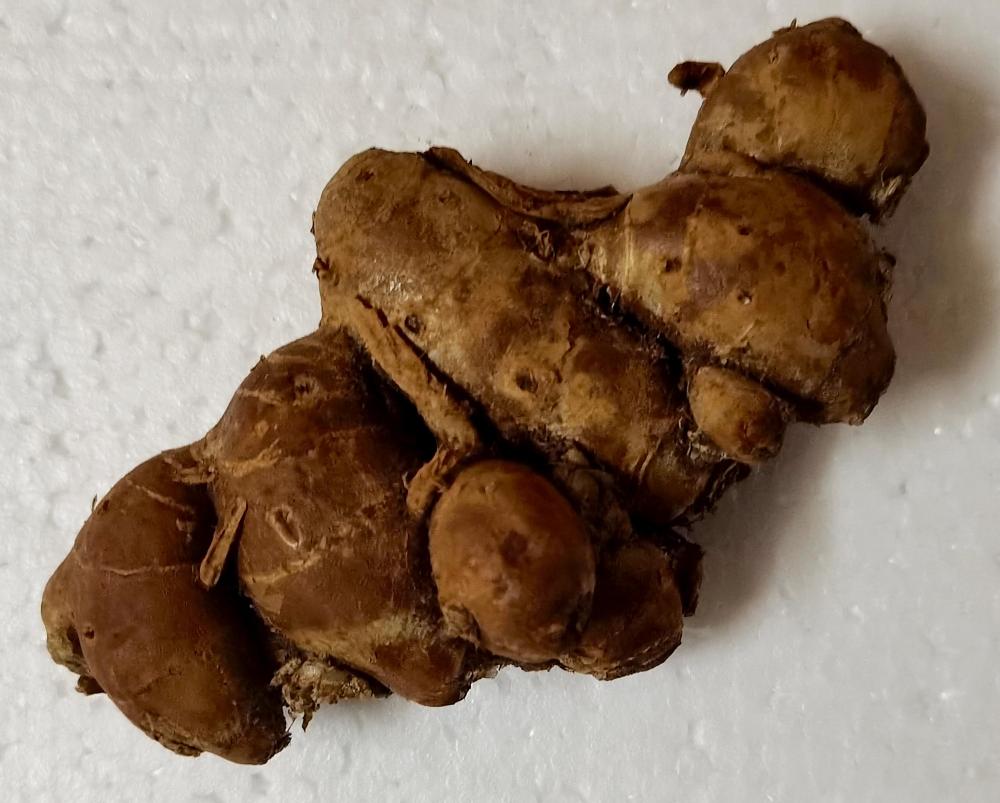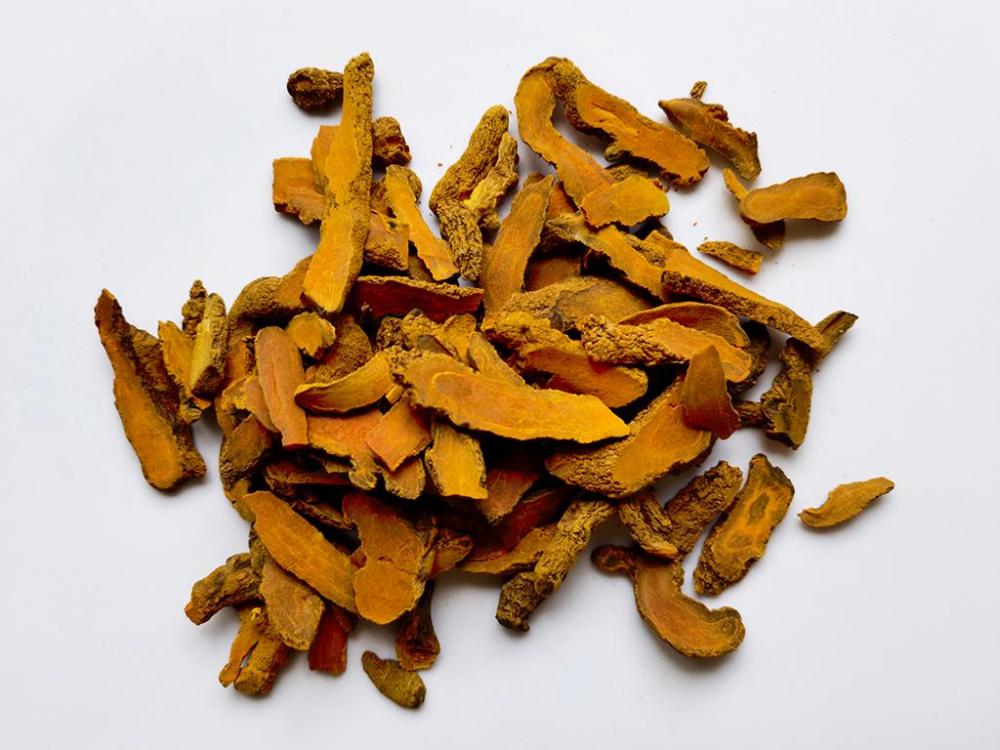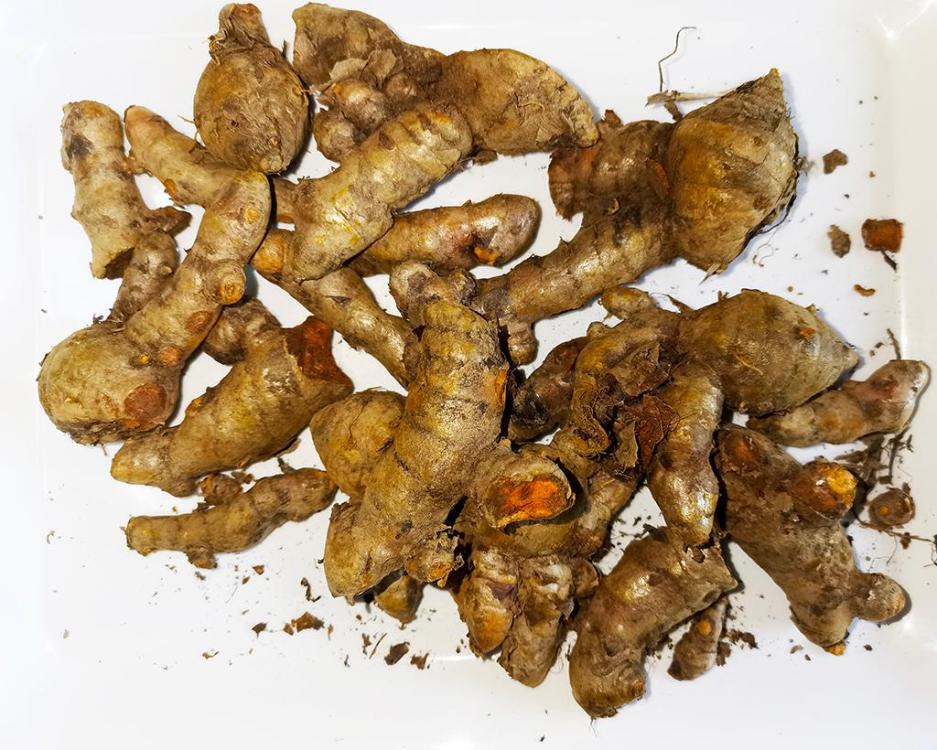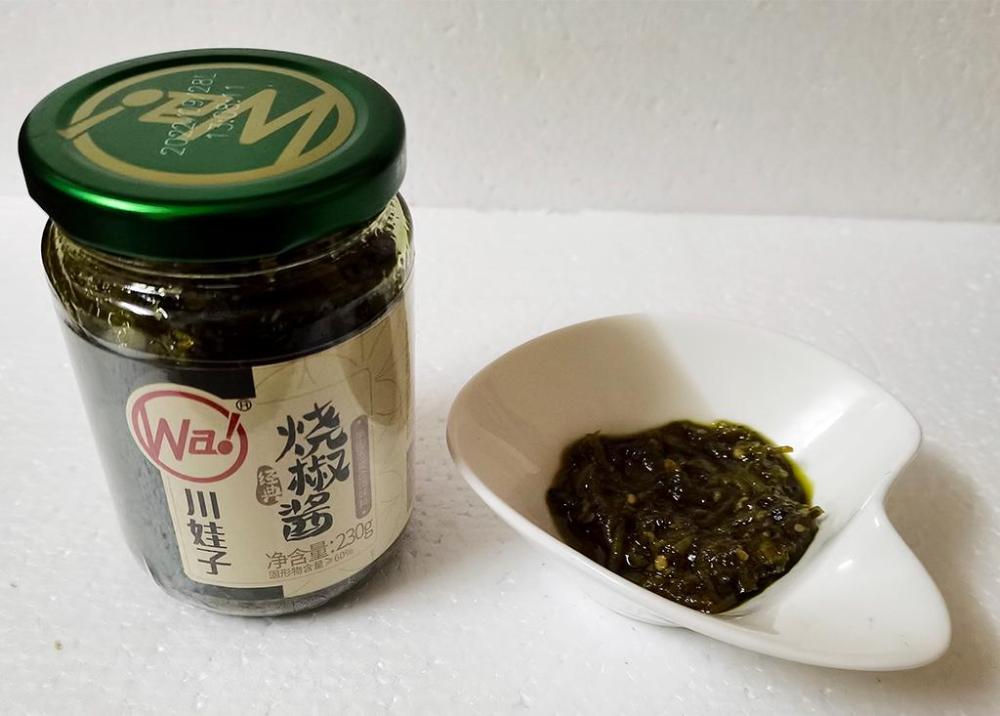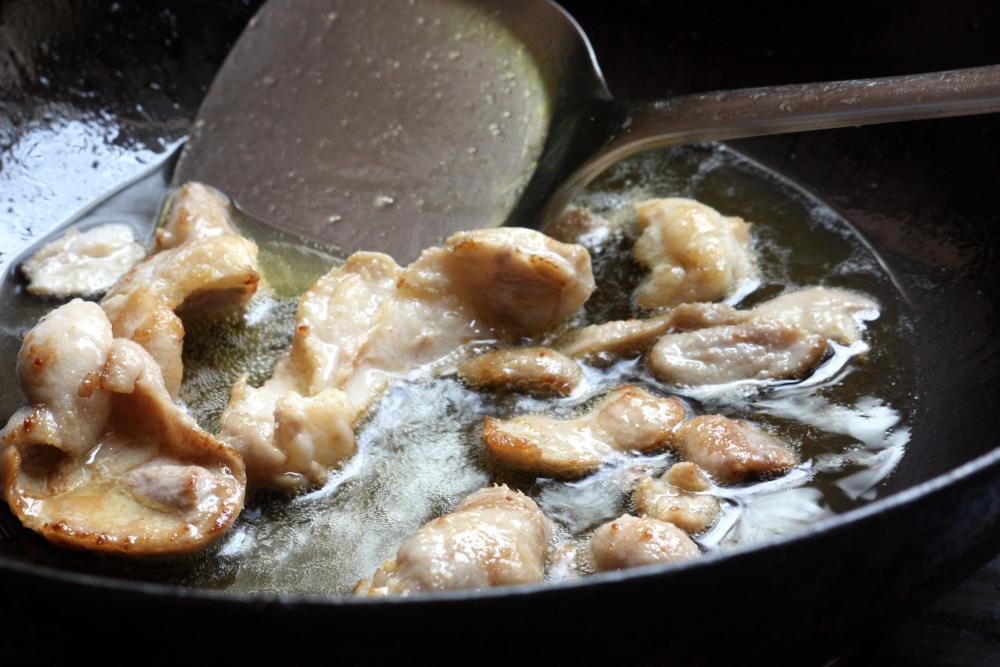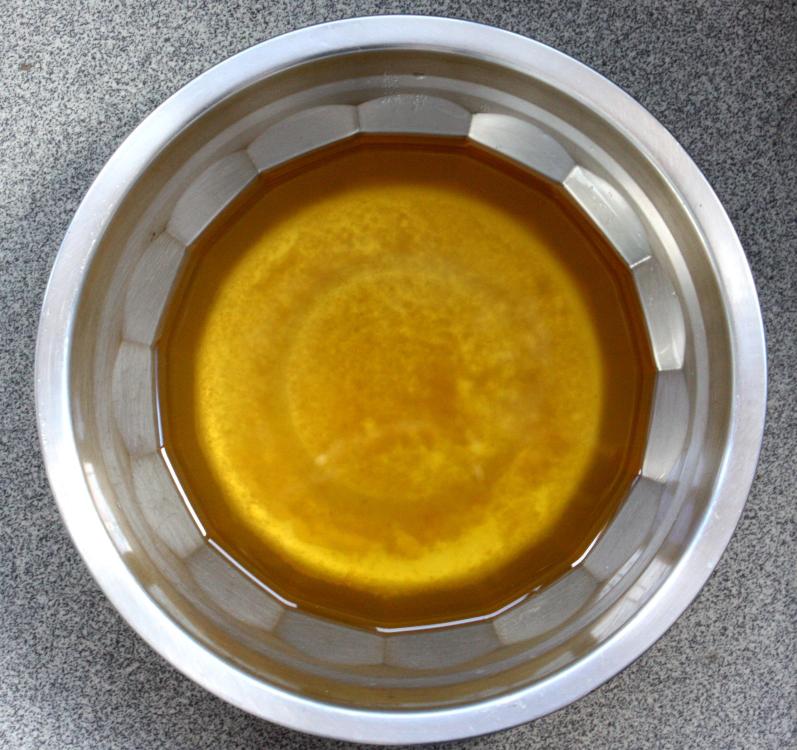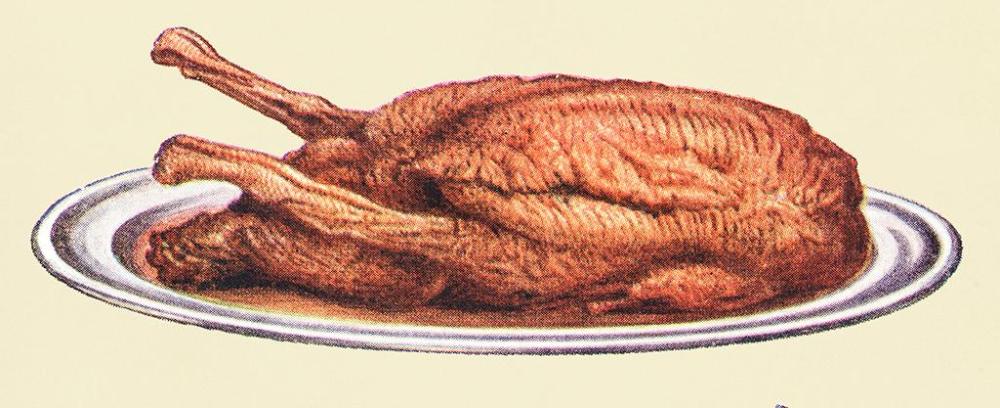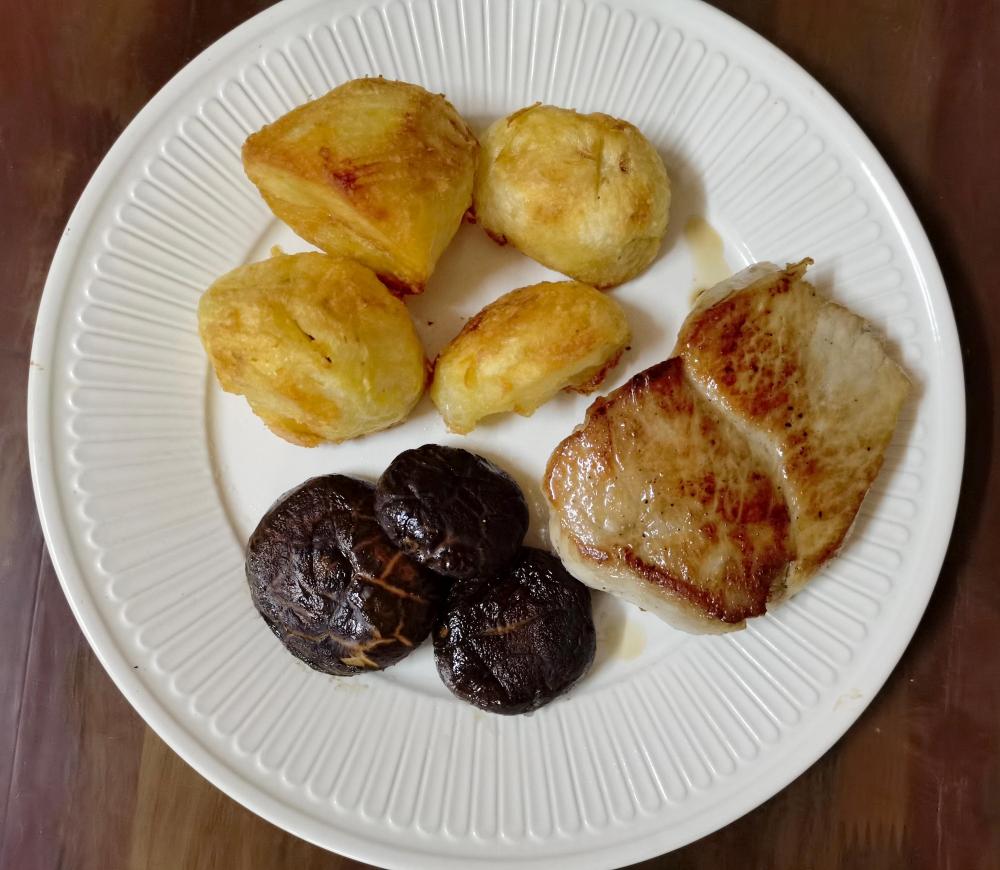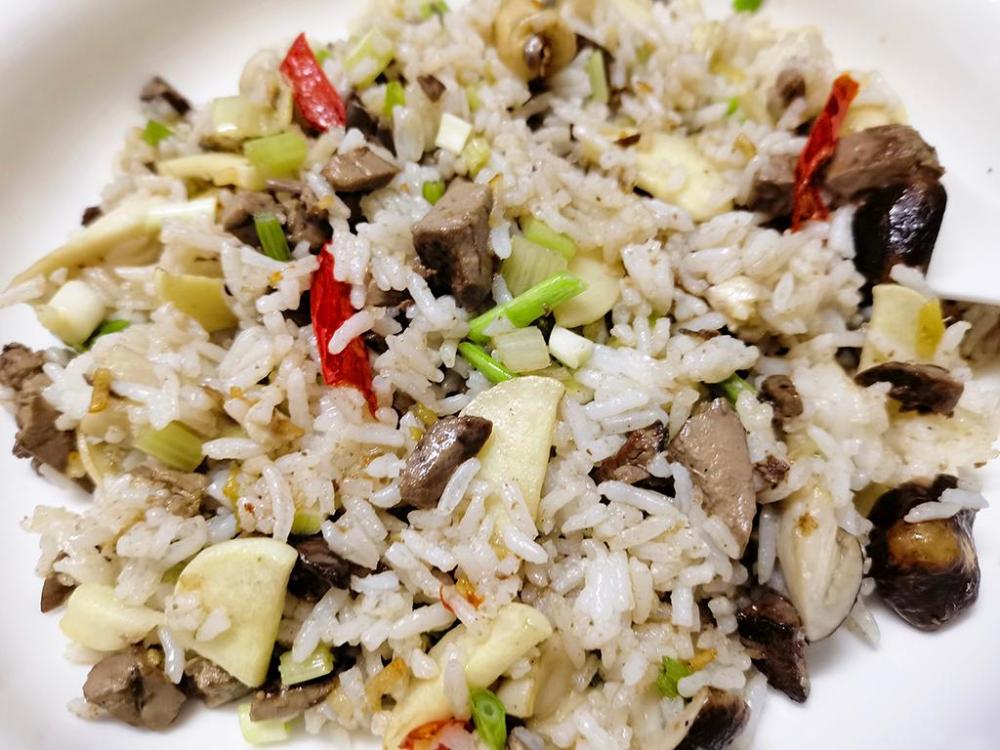-
Posts
16,674 -
Joined
-
Last visited
Content Type
Profiles
Forums
Store
Help Articles
Everything posted by liuzhou
-
Do you get these where you are. Common here. Allium Chinense 荞头/蕎頭 (Mand: qiáo tóu; Cant: kiu4 tau4) are also known in English as Chinese bulbous onions, Chinese onion,[Chinese scallion, glittering chive, Japanese scallion, Jiangxi scallion, and Oriental onion. They are mildly flavoured.
-
I see her as 'resting' and she sits on my desk to the left of my main monitor. My constant companion, except when I move her to appear in food pictures!
-
I don't refer to the ones in the first image as 'white' but the stores here did. I refer to the onions in the second picture (with the lady statue) as white. They have the white skin, as I mentioned.
-
I agree, but the locals called the ones on the right 'white'. That said, we only got those 'white' ones once. The white onions I get now are these. They still have their skin on.
-
Of the bulb onions, for years I only got red onions but over the last year, white onions have become available. Can't help on Spanish / brown or yellow. Of what I call the stem onions, we get all sorts: scallions/green onions. Welsh onions, Chinese chives and several local cultivars.
-
I've just uploaded a 13.6 Mb image. Another at 17.7Mb failed. I'm not sure that size is the main criteria; could be a timing thing.
-
A Chinese friend has recently became rather obsessed with Thai food, inspired by a new Thai restaurant opening in town (which I don’t rate very highly). She has asked me about galangal and is very confused. I tried to help and put together some information, which I am happy to pass on here. It is important to know galangal is not one thing. In fact, there are at least four rhizomes of different plants which get called galangal all with different flavours and other characteristics. All are members of the ginger family, Zingiberaceae, native to South-East Asia. Almost everyone seems to associate galamgal most with Thailand, but different types are also important in Chinese, Cambodian, Laotian, Vietnamese, Burmese, Malaysian, Indonesian, Singaporean, Filipino and some branches of Indian cuisine. First up, is Alpinia galanga, also known as greater galangal, lengkuas (Malay), or blue ginger. This is considered by most to be true galangal. In Chinese, it is known as 红豆扣 (hóng dòu kòu) or 大高良姜 (dà gāo liáng jiāng). In Thai, it is ข่า and in Vietnamese, riềng nếp. It is widely employed in Thai and Laotian curries and in several soups such as tom kha kai. Indonesian and Singaporean rendang also uses galangal. It is also used in TCM and some Indian traditional medicines. Galangal is sold both fresh and dried, the dried version sometimes cut into slices. Fresh Alpinia galanga, Greater Galangal Dried Greater Galangal Then we have Alpinia officinarum or lesser galangal, a sweet and spicy tasting rhizome, smelling, some say, of roses. This one is native to China but is also grown in Japan, Thailand, Vietnam and India. Here is where the confusion sets in. Although this one is correctly identified as lesser galangal, that term is also sometimes applied to Kaempferia galanga and to Boesenbergia rotunda, the other two ‘galangals’ discussed below. The term is also sometimes applied to Cyperus longus, an unrelated evergreen, grass-like plant plant whose rhizomes are used in a similar manner, but native to Europe. In Chinese, lesser galangal is 高良姜 (gāo liáng jiāng); In Vietnamese, riềng without the nếp. Sorry, I don’t know and have been unable to find the Thai. Maybe, they don't use it. Lesser galangal is even more widely used in TCM. Again, it turns up both fresh and dried. Lesser Galangal Moving on we come to Boesenbergia rotunda aka Chinese keys, fingerroot, or Chinese ginger. And sometimes, incorrectly, lesser galangal. 凹唇姜 (āo chún jiāng) in Chinese, krachai (กระชาย) in Thai and ngải bún or nga truật in Vietnamese. This grows in rain forests in southern Yunnan, China and all over SE Asia and over to Malaysia. It is used in several Thai dishes such as kaeng tai pla but also the rhizomes can be cooked and eaten like a root vegetable or even raw when young. Cambodian kroeung pastes often use it. India uses it in some curries. In Indonesia it is used to make jamu, the well known tonic drink. Image by FotoosVanRobin, licensed under the Attribution-Share Alike 2.0 Generic license. Finally, we have Kaempferia galanga also known as kencur (in Indonesia), aromatic ginger, sand ginger or cutcherry. In Chinese it is 沙姜 (shā jiāng, literally ‘sand ginger’); in Thai เปราะหอม and in Vietnamese địa liền. This is very common in China and is used, as ever, both medically and as a culinary spice in hotpots and stews. It is uncommon in Thai kitchens, but is sold dried as a traditional medicine. In China, essential oils extracted from the rhizomes are used in TCM. Sand ginger has a peppery taste and reminds some people of camphor. Fresh Sand Ginger Dried Sand Ginger Whichever galangal you use, be careful not to confuse it with the similar looking fresh turmeric rhizomes. Turmeric is also a member of the Zingiberaceae family and is a valuable spice, but also makes a strong yellow dye that stains everything it touches. Fresh Turmeric Rhizomes
- 1 reply
-
- 6
-

-

-
I got rid of mine about 30 years ago. Never regretted it.
-
Here is what the Sichuan roast pepper sauce really looks like as opposed to the image from the ad. Still tastes great and not for chilli-wimps. It is very vegetal in taste, so I've convinced myself that it tastes green!
-
I don't know. German croquesttes may be different. I hope he let's us know.
-
I've never had German potato croquettes, but in the UK (and Italy), they are mashed potato formed into similar cylinders, breaded and fried or baked. Cheese is sometimes added.to the mash. Recipe and more info here.
-
Goose fat is high in fatty acids such as omega-3, contains essential trace elements such as copper, selenium and magnesium and is rich in the B vitamins and vitamin E.
-
I've only ever had savoury French toast. Didn't know there was any other kind until recently. Never had maple syrup in my life.
-
The claim is not that rock doves/pigeons are the father of the entire Columbidae family, but that the domestic (and feral pigeon) is descended from the rock dove/pigeon. This is stated by several authorities.
-
Roast Duck Illustration from Mrs Beeton's Cookbook - Public Domain Having all but exhausted the parts of a bird that naturally fit into this topic, this is probably the last instalment. Brains are a popular protein but there is a reason why we talk of people being ‘bird brains’. They are tiny. But then so are the brains of shrimp, but they are delicious. I think there is an accessibility problem. Biting into the shrimps’ heads is the best part for me; biting into a chicken’s head holds no appeal. No, when it comes to brains, I’ll stick with pig. The other popular and delicious offal I think of is bone marrow. While chicken and duck carcasses make excellent stocks, they aren’t exactly rich in marrow. But turkeys are, yet 90% of turkey marrow goes to dog food. A bone broth made from the turkey remains should be compulsory; after all the bird is worthless! I’m convinced the only reason they are popular at Christmas or Thanksgiving is that they are big enough to feed a large gathering. No one, surely, eats turkey for its great flavour and moist meat! Anyway, turkeys are rarer than hen’s teeth here. Goose, on the other hand, is delicious beyond belief, but its yield is low. 香港烤鹅 (xiāng gǎng kǎo é), Hong Kong roast goose is a thing of deep joy. But I don’t remember anyone making broth from the carcass. From the giblets including neck, yes. So, that leaves me only one thing, not usually considered viscera or offal or giblets, but definitely from inside the birds. I’m talking fat. And you've never heard of anyone rendering turkey fat for its gourmet value, have you? Most modern supermarket chickens have been bred to be fat free and their lifestyle and early death gives them no time to develop much, anyway. Get a fat old layer and you’ve got a different story. The 鸡油 (jī yóu), chicken fat can be rendered as schmaltz and used to great effect in many dishes, or simply used to fry some bread. Delicious with a sprinkling of sea salt. But it is 鸭油 (yā yóu), duck fat that is the prince, while 鹅油 (é yóu), goose fat is surely king. I am meticulous about rendering any duck fat that passes my way. It has a high smoke point of around 190 ℃ / 375℉ (as does goose fat) and lasts for months in the fridge or at least it would if I didn’t use it so often! Rendering duck fat from collected scraps Newly rendered duck fat Chilled duck fat from my fridge Obviously, you will need duck fat to make your confit duck, but is there a better way to fry potatoes or make roast potatoes (I refuse to call them roasties – I’m an adult!) than using duck fat? Well, yes there is, but using duck fat is second best, heir-to-throne stuff. (Come to think of it, you could also use it to make Yorkies! If you are going to be so non-traditional not to call them by their proper name, why not go the whole hog and do them in duck fat rather than the beef fat used in Yorkshire?). Pork tenderloin steak with duck fat sautéed mushrooms and duck fat roast potatoes Mushrooms taste richer sautéed in duck or goose fat as do Brussels sprouts. In fact, most vegetables do. A grilled cheese sandwich is raised to another level if the bread is spread with duck or goose fat before grilling. Egg fried rice fried in duck fat is also a wonder to taste. Be sure to use duck eggs, while you are there! Or use goose fat and goose eggs if you have a lot of mouths to feed. Goose fat fried rice with goose liver I’m told that duck fat is good for popping popc⊘rn, but obviously I don’t go there! Goose fat, whether you render it yourself (you should if you have a passing goose) or bought in the pots sometimes available in supermarkets, can be used just like butter and is an ideal and healthy frying medium. My French grandmother used little else in her kitchen.
-
Generally doves are slightly smaller than pigeons, but many of the 300+ varieties of doves and pigeons can be called either. Both are descended from rock doves or rock pigeons (alternative name for the same species). For all practical purposes, they are the same thing.
-
The animal parts you mention would be covered by 'offal', the bits cut off before selling the flesh.
-
You can download the 1000 pixel photograph and enlarge it in some editing software, but it isn't at the original resolution. I've tried it. There is severe degradaion.
-
but the name comes from 拉面 which does mean 'pulled noodles'.
-
They are not noodles used to make ramen, although one could. They are using the English spelling to describe hand pulled noodles which will be used to make many different dishes, of which Japanese style ramen will be very few. The same brand has 'udon noodles', and 'buckwheat noodles' in similar packs. They arent for making 'udon' or 'buckwheat'. People here will and do say the equivalent of 'get some ramen'. Never 'noodles to make ramen'.
-
No matter how large a format you upload, the eG software automatically reduces it to a maximum 1000 pixels at the longest edge.


